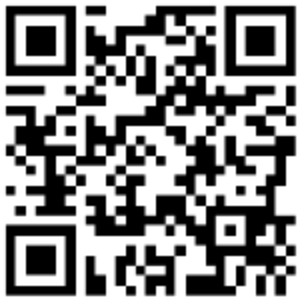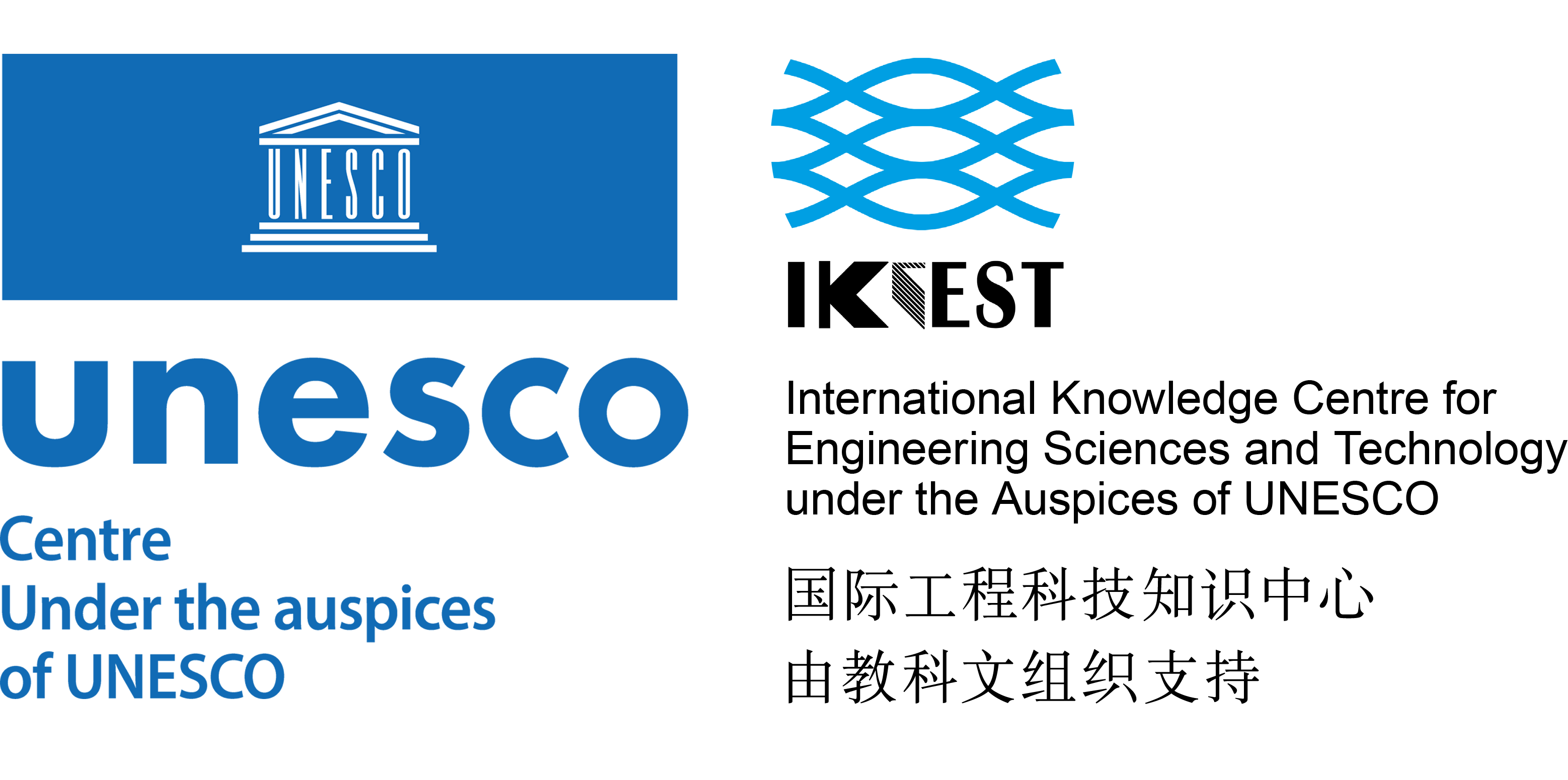Researchers have collaborated with athletes representing Great Britain in skeleton to develop markerless motion capture technology that can accurately track the performance of the athlete during the sport’s push-start phase.
Skeleton is a winter sport where athletes rapidly accelerate on ice whilst pushing a sled before launching forwards on to it and navigating the corners of the track at speeds of up to 90mph. Improvements of fractions of a second made at the start can improve the time marked at the finish line. Therefore it is useful for both athletes and their coaching team to be able to monitor the performance of athletes during this start phase and how they respond to training.
Standard methods of optical motion capture, using multiple reflective markers on the athlete and the sled to measure their movement in a 3D space, however, are time-consuming to set up and can interfere with the athlete’s natural performance.
To overcome this, researchers at CAMERA, the University of Bath’s motion research centre, have developed a non-invasive markerless system that uses computer vision and deep learning methods to measure velocity and estimate poses by identifying body landmarks from regular image data.
“Our latest computer vision system allows us to break out of the laboratory and take biomechanics into the wild,” explained Dr Laurie Needham, a post-doctoral researcher within CAMERA. “The non-invasive nature of this approach not only means that we can capture push-start information without interfering with the athlete’s training session, but we can do so in a way that conforms with the current need for social distancing.”
The method was tested at the university’s push-track training facility, a concrete slope with straight metal rails, which allows athletes to train off-season using a wheeled practice sled.

Athlete jumping onto a sled on a push start training track at the University of Bath.
Image credit: University of Bath
As part of the research, the team used a set-up of nine cameras along both sides of the push-track for the markerless system. They then compared measurements with those obtained using the conventional 15 camera marker-based camera system.
Collaborating with the British Bobsleigh and Skeleton Association, the team tested the system on 12 athletes for 33 push trials. As a result, they found there was good agreement in the data from both systems (measured sled and athlete velocities were within 0.015 and 0.029m/s, respectively). This validated the use of the markerless method as a non-invasive and accurate alternative to the traditional marker-based system.
“Conventional (marker-based) technologies, which we use every day in our laboratory research, are not feasible in many elite sports training and competition environments and so the future of sports biomechanics lies in finding accurate and unobtrusive markerless solutions,” said Dr Steffi Colyer, from the university’s Department of Health.
The system can provide information about British skeleton athletes’ start performances that were previously inaccessible to them and their coaches, Colver added. She hopes the system can be used by athletes in the future to monitor and improve their performance on the track.
Danny Holdcroft, head of performance innovation and applied research at the association, said: “Our continuing relationship with University of Bath is something that we hold in high regard and value greatly as we see to support our athlete aspirations of winning Olympic Gold Medals in 2022 and 2026. The CAMERA project is an exciting piece of our larger jigsaw and will undoubtedly help us further explore beyond our current performance boundaries.”
In June, CAMERA researchers developed motion capture technology that enables users to digitise a dog without a motion capture suit and using only one camera.
Sign up to the E&T News e-mail to get great stories like this delivered to your inbox every day.








 User Center
User Center My Training Class
My Training Class Feedback
Feedback












Comments
Something to say?
Log in or Sign up for free